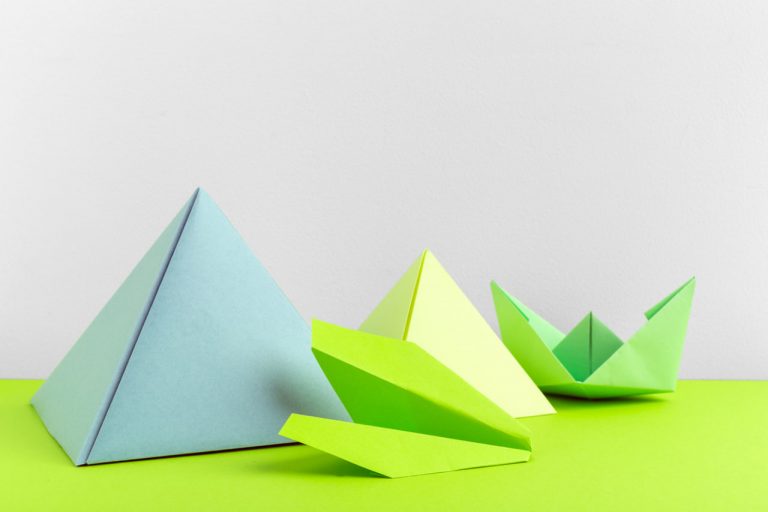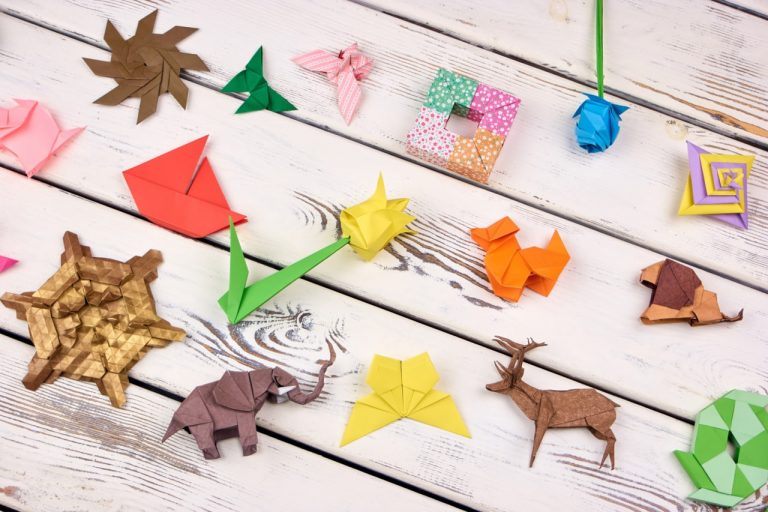Mastering Modular Origami: Tips for Creating Intricate Sculptures
What Is Modular Origami?
Modular origami is a branch of paper folding that involves creating complex, often geometric structures by assembling multiple units—usually identical—into a unified whole. Unlike traditional origami, which typically uses a single sheet of paper, modular origami requires precision in folding and interlocking several pieces to build impressive three-dimensional sculptures. From delicate stars to elaborate balls and abstract forms, modular origami is both a mental challenge and an artistic endeavor.
The Appeal of Modular Designs
Modular origami appeals to enthusiasts for many reasons. It combines the meditative nature of repetitive folding with the satisfaction of structural assembly. It demands patience, spatial reasoning, and attention to detail, making it intellectually stimulating and creatively rewarding. The final results are often striking and intricate, suitable for display or gifting. As a hobby, it also offers endless variety, with hundreds of models ranging in difficulty and style.
Choosing the Right Paper for Modular Work
Paper selection plays a critical role in modular origami. Each unit must hold its shape and connect with others firmly, so flimsy or overly thick paper can cause problems.
Use paper that is square, crisp, and consistent in thickness.
Avoid glossy or heavily coated paper, as it may slip or unfold during assembly.
For complex models, test your folds with regular printer paper before investing in specialty sheets.
Color coordination is also important. Contrasting or harmonized color choices can enhance the visual impact of the sculpture, especially for symmetrical designs.
Accuracy Is Everything
Modular origami is highly sensitive to precision. A small error in folding one unit can compound across dozens of modules and lead to assembly problems or a lopsided final piece.
Use a flat surface and proper tools like bone folders or rulers to create clean, sharp creases.
Take your time aligning corners and edges during folds—symmetry is essential.
Check your folds against a completed unit frequently to ensure consistency across the entire set.
A well-executed unit not only looks cleaner but fits more securely with other parts during the building phase.
Learn the Basics Before Scaling Up
Many modular models can require 30, 60, or even more than 100 units. It’s crucial to start with simpler designs to learn the foundational assembly techniques before moving on to large, intricate structures.
Begin with basic models like a Sonobe unit cube, which uses only six parts.
Experiment with tetrahedrons and octahedrons to understand polyhedral construction.
As your skill improves, advance to kusudama (flower balls), spiked balls, and curved modular designs that challenge both your dexterity and creativity.
Rushing into a complex model without understanding the underlying structure will often lead to frustration.
Assembly Techniques and Tips
One of the most important skills in modular origami is joining the units. Most models do not use glue or tape—each piece must fit snugly and hold through tension and friction alone.
Group your completed units in sets of five or ten to keep track of your count.
Test the join of three or four modules before committing to a full assembly.
Use gentle pressure to slide and lock units together. Forcing them may cause tearing or warping.
If a section becomes unstable, step back and recheck your angles. A slightly bent flap or loose connection can affect the whole model.
For extra security on display pieces, some folders use a tiny dab of glue in the final stages, although purists may avoid this.
Understanding Symmetry and Structure
Modular origami is based on mathematical principles and geometric balance. As you progress, understanding the underlying structure helps in both building and designing your own models.
Learn about Platonic solids and how they relate to origami shapes.
Observe how repeating patterns and angles contribute to stability.
Use diagrams or 3D renderings to plan your layout and avoid confusion during large builds.
Symmetry is more than visual—structural balance ensures your sculpture stands, turns, or hangs properly.
Practicing Patience and Persistence
Creating modular origami requires dedication. Some builds can take hours or even days to complete, especially with higher unit counts. This process can be meditative, but it also demands mental endurance.
Set realistic goals for each session. Instead of aiming to finish in one go, plan to fold a portion of units each day.
Take breaks to reduce eye and hand fatigue.
Join online communities or local groups to share progress, ask for tips, and find motivation from fellow folders.
Persistence will pay off with stunning models that showcase your effort and evolving skill.
Designing Your Own Modular Models
Once you’ve mastered existing models, you may want to explore creating your own. Modular origami offers infinite design possibilities if you understand how modules connect and support each other.
Experiment with altering angles and folds in basic units to see how they behave.
Sketch out your ideas with polygon or graph paper.
Start small and build rough prototypes before committing to a final sculpture.
Document your process and make adjustments with each iteration to refine your structure.
Designing your own modular models is a gratifying way to merge creativity with logic and develop a personal style.
Displaying and Preserving Your Work
After completing a modular origami sculpture, displaying it properly helps preserve its shape and craftsmanship.
Use clear cases or shadow boxes to protect delicate forms from dust and moisture.
Avoid direct sunlight, which can fade colored paper.
For hanging models like kusudamas, use lightweight string and hang them from secure fixtures.
Label your pieces with names and dates to track your progress and celebrate your achievements over time.




